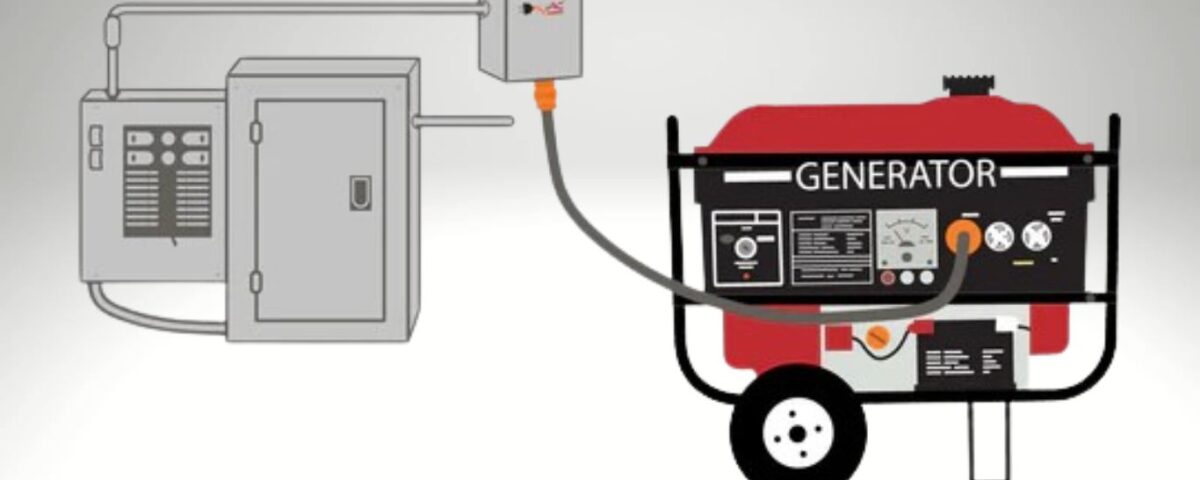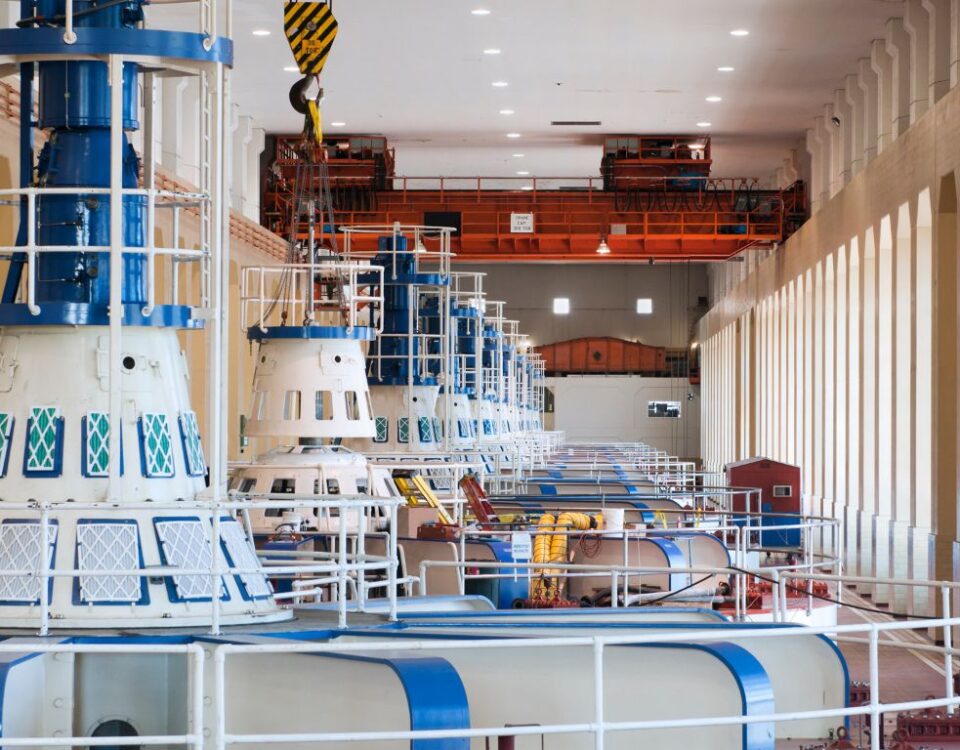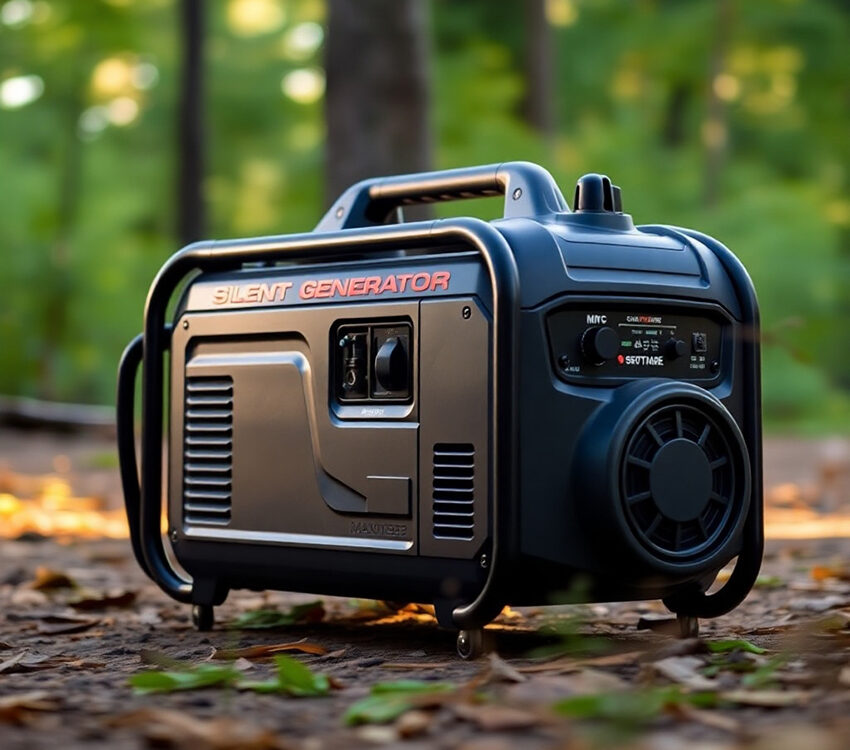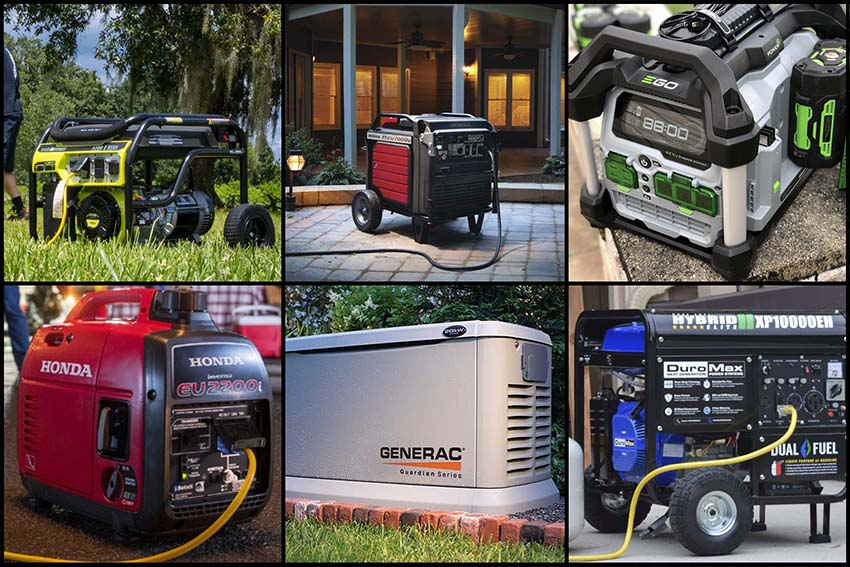
Power outages are an inconvenience at best and a serious problem at worst. Whether at home or running a business, losing electricity can disrupt your daily routine, halt operations, and pose safety risks. Enter the generator transfer switch – an essential device that ensures you never remain powerless for long. This guide dives deep into the world of generator transfer switches, explaining what they are, how they work, and why they’re a must-have for anyone relying on backup power.
Understanding Generator Transfer Switches
A generator transfer switch is a device that connects your backup generator to your electrical system, allowing you to switch power sources during an outage. It acts as a control hub isolates the utility grid from the generator, ensuring safe and seamless power transitions. Connecting your generator to your home or business without a transfer switch could involve running multiple extension cords or resorting to potentially dangerous wiring setups.
The transfer switch prevents backfeeding – a hazardous condition where power from the generator flows back into the grid. Backfeeding not only endangers utility workers but can also damage your generator and electrical systems.
Why Do You Need a Generator Transfer Switch?
Imagine a storm knocking out the power in your neighborhood. Without a transfer switch, you’d need to plug critical appliances into your generator using extension cords manually. Not only is this time-consuming, but it also limits the number of devices you can power. Additionally, this setup may not meet safety standards, leaving you vulnerable to electrical accidents.
A transfer switch eliminates these issues by providing:
Safety: Prevents back feeding and ensures safe operation.
Convenience: Automatically or manually switches your entire electrical system to generator power.
Compliance: Meets electrical code requirements for generator installations.
Efficiency: Reduces downtime and powers essential systems with minimal hassle.
How Generator Transfer Switches Ensure Seamless Power
The operation of a transfer switch can be broken down into three key steps:
Detection of Power Loss
The transfer switch monitors the power supply from the utility grid. When it detects an outage, it signals the generator to start. For manual transfer switches, you’ll need to activate the generator yourself.
Switching to Generator Power
Once the generator runs and produces stable power, the transfer switch disconnects your home or business from the utility grid and connects it to the generator. This ensures your appliances and systems receive power without interference from the grid.
Restoration to Utility Power
When the utility power is restored, the transfer switch detects the change, disconnects the generator, and reconnects your electrical system to the grid. Automatic transfer switches handle this process seamlessly, while manual switches require you to flip the switch back to utility power.
Types of Generator Transfer Switches
Choosing the right transfer switch depends on your power needs, budget, and preference for automation. There are two main types:
Manual Transfer Switch
How it Works: You manually switch the power source from the utility grid to the generator and vice versa.
Best For: Smaller setups like residential homes or businesses with limited backup power needs.
Advantages:
- Cost-effective.
- Simple design.
Disadvantages:
- Requires active user intervention.
- It is not ideal for critical systems that require constant power.
Automatic Transfer Switch (ATS)
How it Works: Automatically detects outages and switches to generator power without user input.
Best For: Larger homes, businesses, or any setup where uninterrupted power is critical.
Advantages:
- Seamless operation.
- Minimizes downtime.
- Ideal for medical devices or data centers.
Disadvantages:
- Higher cost.
- More complex installation.
Top Reasons to Install a Generator Transfer Switch Today
Safety Comes First
A transfer switch ensures your generator operates safely by isolating it from the utility grid. This prevents backfeeding, which can cause fires, electrocution, or damage to the generator and electrical systems. The safety offered by a transfer switch is invaluable for homes with sensitive equipment like medical devices, providing a sense of security and protection.
Convenience and Ease of Use
Imagine powering your refrigerator, heating system, and lights during a blackout without running extension cords all over the house. You can power entire circuits directly from your generator with a transfer switch. Automatic models further make switching power sources convenient by eliminating manual effort, providing a sense of relief and ease during stressful situations.
Compliance with Electrical Codes
In many jurisdictions, transfer switches are required by law to connect a generator to your home or business. Installing one ensures compliance with safety and building codes, giving you peace of mind.
Efficiency and Reliability
A transfer switch allows you to restore power to critical systems almost instantly. This can be a game-changer for businesses that rely on continuous operations, such as restaurants, hospitals, or server farms, providing reassurance and confidence in the reliability of the system.
How to Choose the Right Generator Transfer Switch
When selecting a transfer switch, consider these factors:
Power Requirements
- Calculate the total wattage of the devices and systems you’ll need during an outage.
- Ensure your generator and transfer switch can handle the load.
Type of Generator
- Portable or standby? Choose a transfer switch compatible with your generator type.
- Check for features like amperage ratings and circuit compatibility.
Manual vs. Automatic
- Opt for a manual switch if cost-saving is a priority.
- Choose an automatic switch for hands-free operation and critical power needs.
Professional Installation
- Always hire a licensed electrician to install your transfer switch. It ensures compliance with local codes and guarantees safe operation.
Installation: DIY or Professional Help?
While some homeowners may consider installing a transfer switch themselves, it’s a job best left to professionals. Improper installation can lead to safety hazards, code violations, and damage to your electrical systems. A licensed electrician will:
- Assess your power needs.
- Ensure compatibility between your generator and transfer switch.
- Install the device according to local codes.
- Test the system for safe and reliable operation.
Conclusion: Why a Generator Transfer Switch Is a Smart Investment
A generator transfer switch is more than just a convenience – it’s a vital safety feature that protects your home, family, or business during power outages. Whether you choose a manual or automatic model, investing in a transfer switch ensures:
- Safe and seamless power transitions.
- Compliance with electrical codes.
- Efficient operation during emergencies.
Don’t wait for the next storm or outage to discover the limitations of your current setup. Equip your generator with a transfer switch today and enjoy peace of mind with uninterrupted power.
Whether you’re a homeowner looking to protect your family or a business owner safeguarding your operations, a transfer switch is essential to any reliable backup power system.





